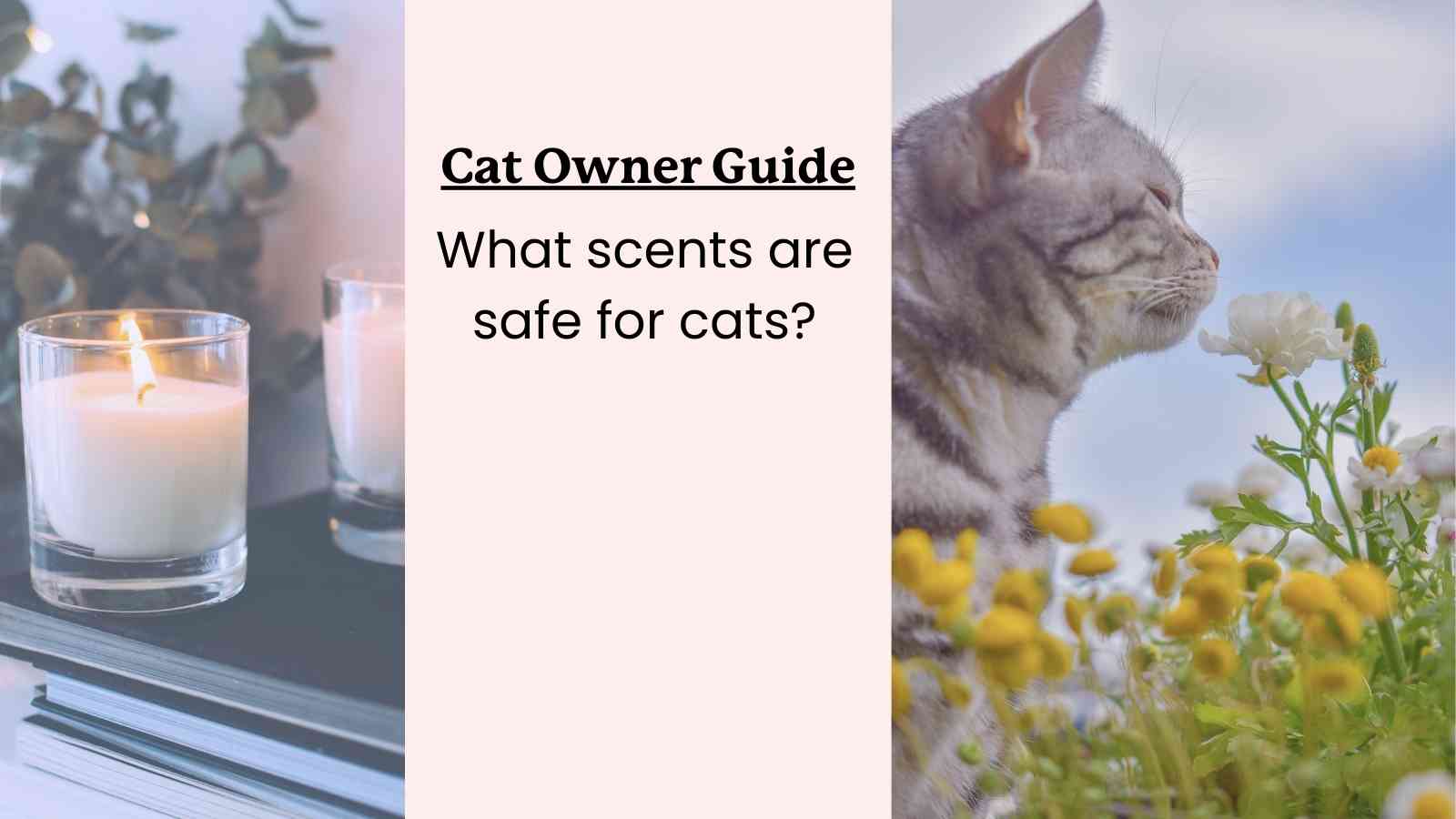Cat personalities span a wide spectrum, with some being very aloof and others being exceptionally clingy. Individual cats can also display a range of behaviors that change based on their age, their emotions, and their experiences.
If you've got an overly clingy cat, you may be wondering "why is my cat so clingy?" How can we understand this behavior, and is there anything you can do to change it?
Few things are as wonderful as snuggling with your cat, but there's a difference between a snuggly cat and one that constantly sits on your lap and makes biscuits. If your clingy cat won't leave you alone, and won't stop yelling at you when you try to ignore them, you're in the right place.
Let's explore clingy, needy cat behavior in detail.
Why Do Cats Get Clingy and Needy?
There are a variety of reasons that cats start to show needy behavior. They might cling to you and never leave your side for a variety of reasons, and this can be an issue.
It's important to remember that needy behavior in cats isn't always a "problem" from a health standpoint. Your needy cat isn't necessarily anxious or suffering from a health issue, so you don't need to panic.
Still, the two of you can establish a healthier balance because extremely clingy behavior can open the door to separation anxiety, stress, and other health issues. Let's take a look at the most common cause of clingy behavior: reinforcement.
1. Most Common Cause of Clinginess in Cats: Behavioral Reinforcement
Cats have the ability to quickly learn which behaviors, however small, illicit an emotional response from their owners. Emotional responses are highly rewarding for cats, as they capture a great deal of your attention.
Cats are compassionate and empathetic, and we often project our emotions onto them. As a result, when your cat meows or whines, you might assume that they are stressed or worried, when in fact they're just trying to get your undivided attention.
Over time, giving into your cat's pleas for attention will cause them to constantly call out for you and beg for your attention.
2. Loving, Affectionate Personality
Cats have a wide range of personalities, and many of them are simply loving and affectionate. If you are the primary person they see, and their best friend in life, it follows that they would want to spend all of their time with you, on you, or around you.
This is a great thing, but there are certainly situations where it can become excessive. You also want to ensure that your cat isn't anxious when you're not there, as separation anxiety can be worse in overly affectionate cats.
We'll discuss methods for improving this behavior below, but just note that your cat may not be experiencing any issues or emotional disorders if they're needy. They could simply be an outgoing cat with a strong interest in their best friend (that's you).
3. Anxiety, Past Trauma, & Emotional Comfort
Cats may be clingier when they're anxious, unsure, or unsafe. These feelings can arise from past experience, changes to the environment (moving or rearranging a schedule), or even a generalized anxiety disorder.
You can provide your cat with a lot of comfort simply by offering your presence. So, if your cat consistently seeks your attention with elevated intensity, they could be feeling anxiety and looking to you for support.
4. Boredom, Lack of Stimulation
While cats can be very independent in many cases, they all need stimulation in their daily lives. Bored or restlessly under-stimulated cats may look to you as a way to relieve that emotional discomfort. Cats that consistently meow or follow you around for no apparent reason may simply be bored.
Cats can meow and yell aimlessly out of boredom as well. This can be a cathartic activity for them, and it serves the dual purpose of getting your attention.
How Can You Make Your Cat Less Clingy?
In the majority of cases, clinginess in cats isn't a sign of serious health issues or anything that you need to look outside of the home to correct. The solution to your cat's clinginess can be found in a few behavioral and environmental changes on your end, and potentially a calming supplement to help them set the course.
If you're concerned, or your cat is showing signs of underlying health issues, you should start by scheduling a meeting with your vet to ensure that nothing is going on. If your cat is walking and behaving normally, though, odds are that this is an emotional shift that you can work on at home.
Also consider whether anything is changed in your household that could have caused the neediness in the first place. A serious change to routine or the movement of a favorite resting place can really throw a cat's emotional balance out of order.
Let's take a look at a few things that you can do to, hopefully, curb your cat's deep neediness and clinginess.
1. Make Sure Your Cat Has Mental Stimulation
Cats will turn to you if they're bored, and that turns into a vicious cycle of neediness fast. There are a number of excellent ways to improve your cat's mental stimulation and, potentially, seriously reduce your cat's needy behavior.
The best way to reduce your cat's boredom is to dedicate 20 to 60 minutes each day, even if it's split into multiple sessions, to playing with your cat and getting them active. Prompt them to run around, bolt around the house, and use their brain to engage.
Here are some of the primary mental stimulation methods you can use:
- Puzzle Feeders & Treat Toys: Puzzle bowls prompt cats to work for their food, which can help them eat slower, throw up less, and use more mental energy every single day. A simple change in the process of feeding can trigger a cascade of benefits to your cat's emotional health.
- Cat Trees, Vertical Climbing Spaces: Introduce cat trees and other high-up spaces where your cat can recline. This poses the dual benefit of giving them a relaxing place to rest, and something to run up and climb down to exert energy. These will be more effective if they're near windows, as your cat can watch the outside world and stay entertained.
- Install Bird Feeders, Utilize Visual Stimulation: Bird feeders outside of windows and hours-long videos like "Cat TV" on Youtube can provide some passive mental stimulation to keep your cat alert and entertained.
2. Stop Reinforcing Needy Behavior
With the knowledge that your cat doesn't have any underling health issues, you can be certain that their cries, yells, & yowls are simply pleas for your attention.
It can be difficult to simply ignore your needy cat, but that's what you have to do in order to change their behavior. If you keep coming to comfort them when they meow or yowl, they will continue to do it.
If you allow them to keep kneading on you without interruption, they will continue to see you as a source of everlasting comfort. These needy behaviors don't need to be reinforced, and your cat will be just fine if you don't reinforce them.
When you stop reinforcing your cat's needy behavior, they will begin to entertain themselves and stop calling for your constant attention. You can continue to spend time with your cat at normal times (rather than all of the time), and they will begin to adjust to the change and find a healthier emotional balance.
Conclusion
Your cat's clingy behavior could have an underlying cause, or it could just be a side effect of their loving personality. In any case, needy behavior isn't always healthy and it can lead to separation anxiety and emotional distress in both you and your cat alike.
Offering your cat mental stimulation, and stopping reinforcement of their needy behaviors can make a massive difference in your cat's overall emotional wellbeing. If you're concerned that your cat is experiencing underlying health issues, you should visit the veterinarian, but note that emotional and behavioral challenges can often be solved with a few changes to your home environment and routine.
Why Is My Cat So Clingy: FAQs
Is it normal for cats to be clingy?
Some cats are naturally affectionate or attached to their owners, so clinginess can be normal as long as it doesn’t interfere with their wellbeing.
Can a change in environment make my cat clingy?
Yes, changes like moving homes, new pets, or altered routines can trigger anxiety and cause your cat to seek more attention and reassurance.
How can I tell if my cat’s clinginess is due to anxiety?
Cats with anxiety may also hide, overgroom, vocalize excessively, or avoid eating; if these symptoms occur, consult your veterinarian.
How can I reduce my cat’s needy behavior?
Increase playtime and mental stimulation, establish consistent routines, and avoid rewarding constant meowing or attention-seeking behaviors.
When should I see a vet about my cat’s clinginess?
If your cat’s behavior changes suddenly, or if clinginess is paired with physical symptoms like weight loss or lethargy, contact your vet to rule out medical issues.









